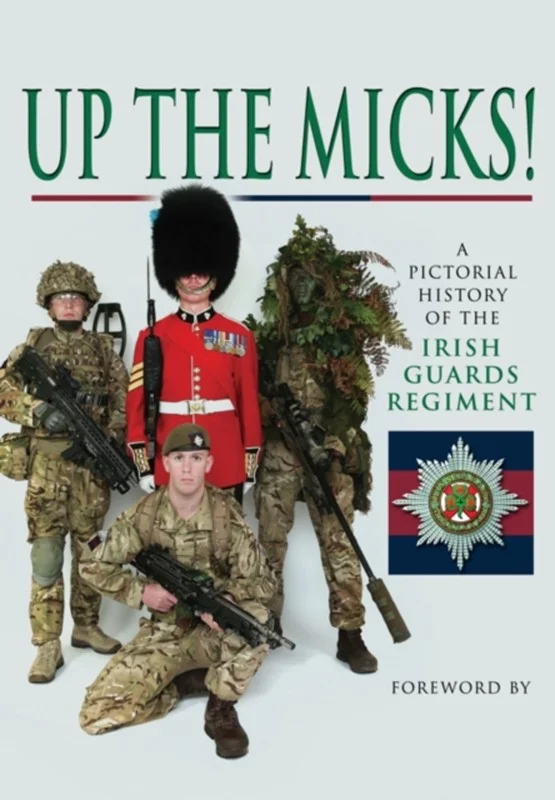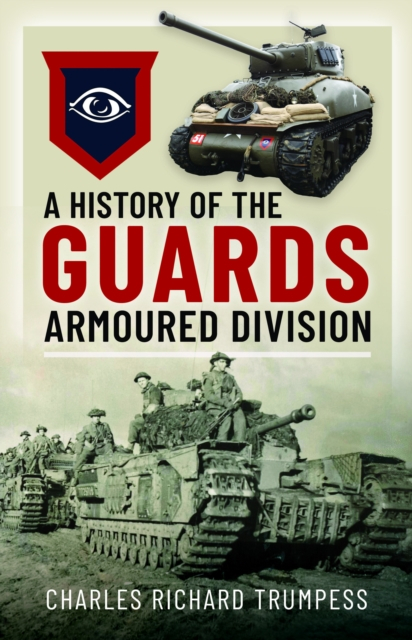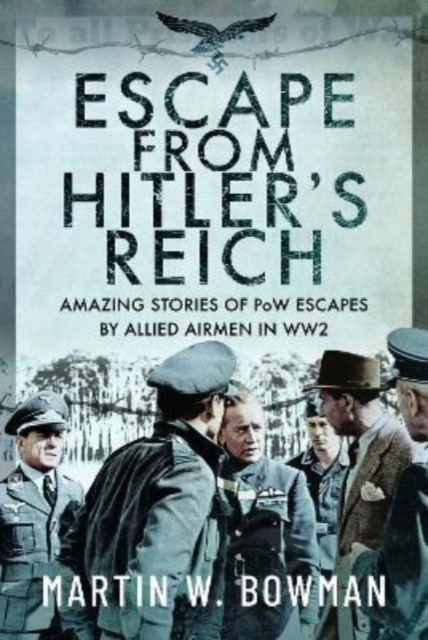The Welsh at War - Steven John - Bog - Pen & Sword Books Ltd - Plusbog.dk
The Welsh at War trilogy is the culmination of over twelve years of painstaking research by the author into the Welsh men and infantry units who fought in the Great War. These units included the four regular regiments – the Royal Welsh Fusiliers, South Wales Borderers Welsh Regiment and Welsh Guards – as well as the Territorial Monmouthshire Regiment, the Yeomanry regiments: the Denbighshire Hussars, Pembroke Yeomanry, Montgomeryshire Yeomanry, Glamorgan Yeomanry and Welsh Horse Yeomanry and their amalgamation into service battalions for the regular regiments during 1917. Welsh troops fought with great courage in every theatre of the war – the Western Front, Aden, China, Gallipoli, Egypt, India, Italy, Salonika and in Palestine – and as well as the casualties who were suffered during these campaigns, many men gained recognition for acts of gallantry. The three volumes, split chronologically, cover all of the major actions and incidents in which each of the Welsh infantry regiments took part, as well as stories of Welsh airmen, Welshmen shot at dawn, Welsh rugby players who fell, Welsh gallantry winners and the Welshmen who died in non-Welsh units, such as the Dominion forces and other units of the British armed forces. While chronicling a history of the war through the events and battles that Welshmen took part in, the stories of many individual casualties are included throughout, together with many compelling photographs of the men and their last resting places. Volume III – ‘Through Mud To Victory’ – ‘Third Ypres And The 1918 Offensives’ – records the stories of the Welsh troops involved in the Third Battle of Ypres, from the Welsh battalions of the 19th (Western) Division at Messines Ridge, through the storming of the Pilckem Ridge by the 38th (Welsh) Division and the Guards Division; and the Welsh troops who fought in the final offensives at Passchendaele Ridge. The actions of Welsh troops during the Battle of Cambrai carry through to the final winter of the war and the volume records the sufferings of Welsh troops fighting during the desperate German ‘Kaiserschlacht’, offensives of the spring of 1918; and carries through the summer of 1918, when the 38th (Welsh) Division moved back to the Somme, to the actions of Welsh troops during the 100 Days Offensive which finally ended the war. The volume also covers the stories of the final battles in Italy, Salonika and Palestine, which saw Welsh troops play a large part.



























